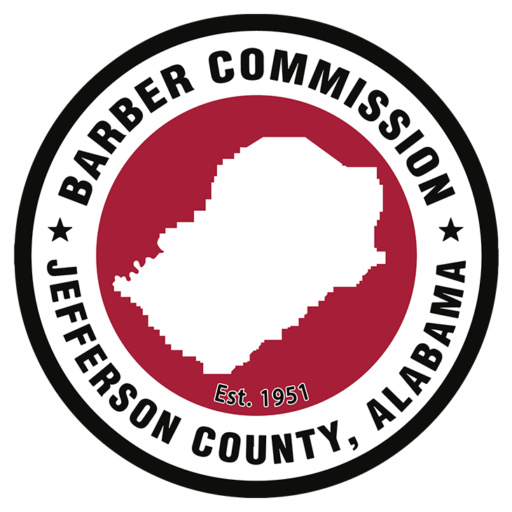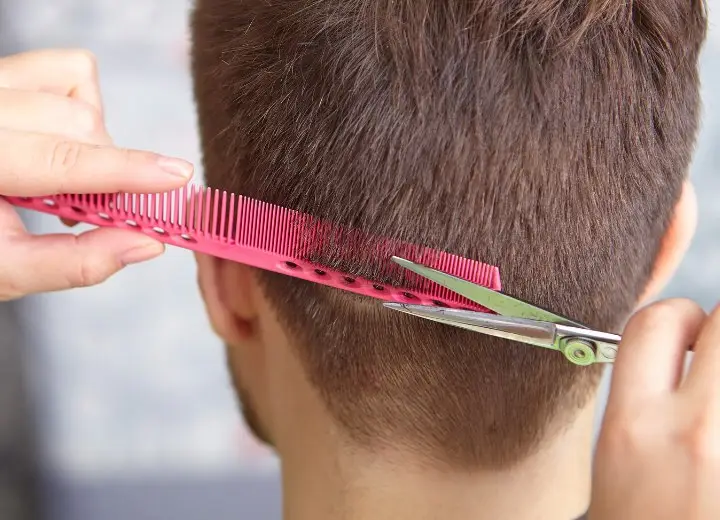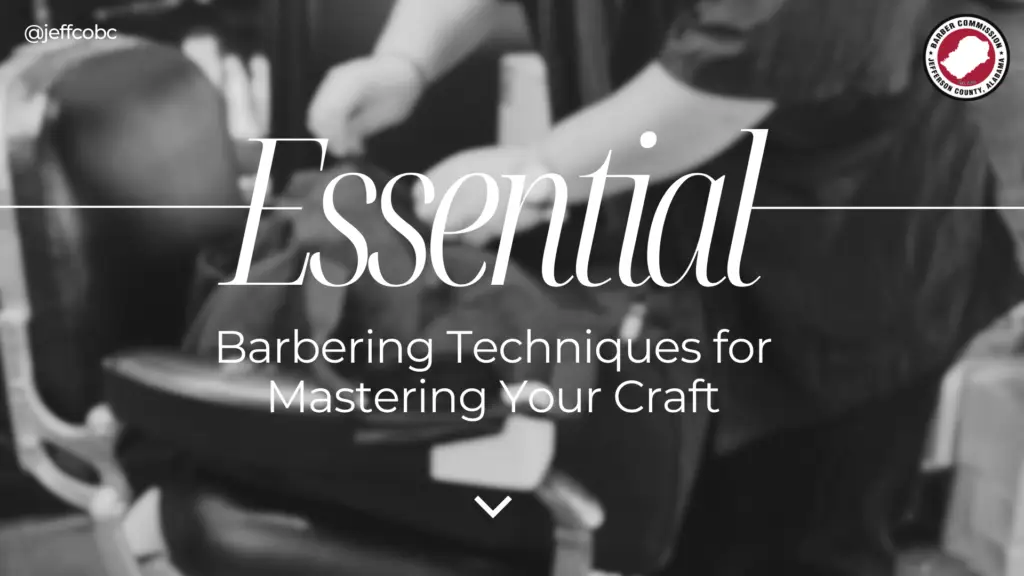
Estimated Read Time: 5 to 8 minutes.
In the world of barbering, mastering the right techniques can make all the difference between a good haircut and a great one. Whether you’re a seasoned professional or just starting your career, these essential tips will elevate your skills and ensure your clients leave with a haircut they’ll love. Here, we delve into four fundamental techniques: texturing, clipper over comb, scissor over comb, and shaping up.
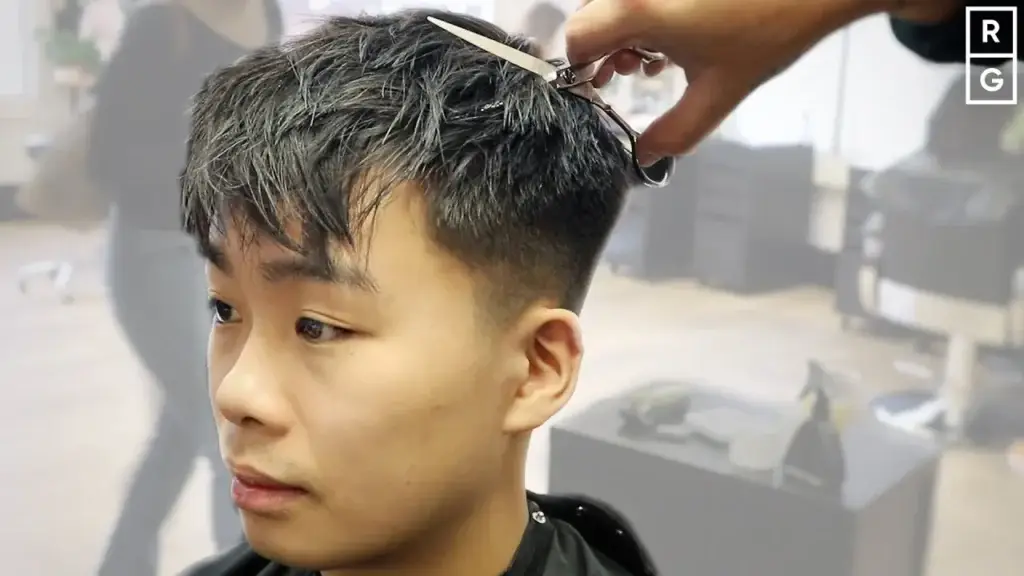
Texturing: Adding Depth and Movement
Texturing is an indispensable technique in a barber’s toolkit. By creating layers, you remove excess weight while introducing movement and depth, which makes styling much easier. However, it’s crucial to strike the right balance. Over-texturizing can compromise the shape you’ve crafted, so aim for subtlety and precision to enhance the natural flow of the hair. To effectively texture hair, assess the hair type and desired style. For instance, curly hair requires a different approach than straight hair, and a modern pompadour will have different texturing needs compared to a classic crew cut. Utilize various tools like thinning shears or a razor to create different textures, ensuring you adapt your technique to each individual client’s hair for a personalized finish that suits their look.
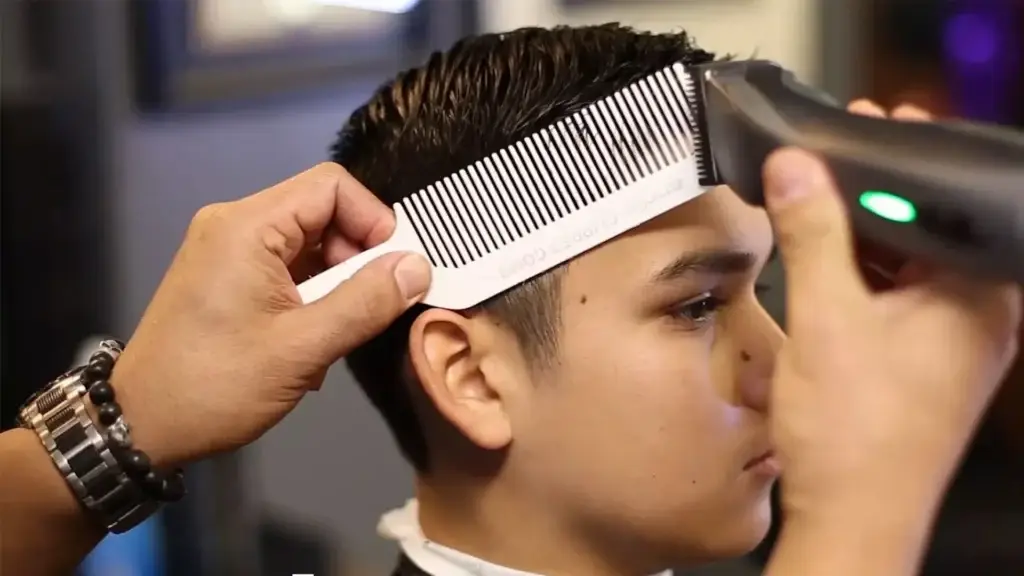
Clipper Over Comb: Crafting the Perfect Shape
Clipper over comb is a powerful technique for shaping hair efficiently. The comb serves as more than just a guide; it dictates the shape and provides the control needed to achieve a balanced look. To execute this technique, position the comb where you desire, then swiftly run the clippers across to remove unwanted bulk. Remember, the relationship between the clipper and comb is symbiotic—they must work in harmony for the best results. Start with a wide-tooth comb to create a rough shape and gradually switch to finer teeth for detailing and refining. This technique is especially useful for tapering and blending, as it allows you to manage the hair’s volume and create smooth transitions. Practice adjusting the angle of the comb to control the length of the cut, and experiment with different clipper attachments to accommodate various hair types and styles.
When using the scissor over comb technique, maintaining a square shape at the back and sides is essential for a cohesive blend. Move systematically around the head in columns, cutting until the comb glides smoothly through the hair. This method ensures that the hair is evenly blended and creates a polished, professional finish. Scissor over comb is ideal for achieving a softer, more natural look compared to clipper cuts. It offers greater precision and control, allowing for detailed shaping around the ears and neckline. For best results, use sharp, high-quality scissors and keep your comb steady. This technique is perfect for scissor cuts and is often preferred for clients who want to avoid the sharp lines that clippers can produce. Mastering this skill will enable you to deliver versatile cuts that can easily be styled and maintained.
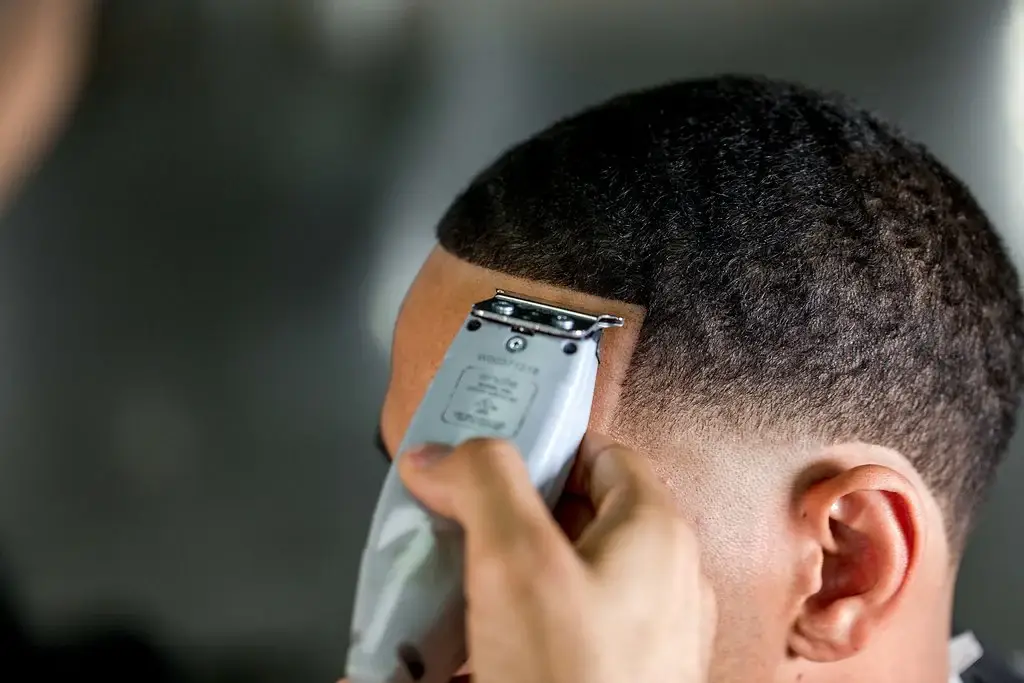
Shaping Up: Perfecting the Hairline
Shaping up is all about precision, and there is no room for error. The primary rule is to avoid cutting into the natural hairline, as this can lead to an unnatural appearance. Instead, focus on encouraging a fuller, more natural shape. Once the basic shape is defined with detailers, refine it with a straight razor to achieve clean, sharp lines. This meticulous approach ensures the hairline looks both natural and well-groomed. When shaping up, take into account the client’s facial features and hair growth patterns. A well-executed shape-up can accentuate facial structure and complement the overall haircut, enhancing the client’s appearance. Pay close attention to symmetry and proportion, as these elements are crucial for a professional finish. Utilize high-quality tools, including edgers and razors, to achieve crisp lines and avoid irritation or razor burn.
Conclusion
By mastering these essential techniques, you can elevate your barbering skills and deliver exceptional results for your clients. Practice and precision are key to becoming a trusted professional in the barbering industry. Continuously refine your techniques, stay updated with industry trends, and always prioritize the client’s needs to build a successful and rewarding career in barbering.
